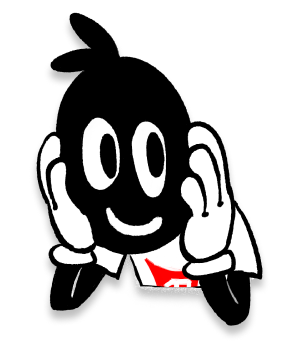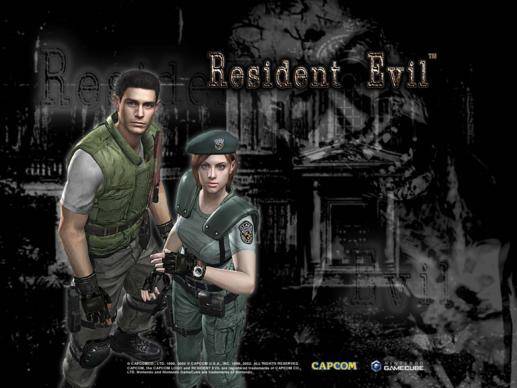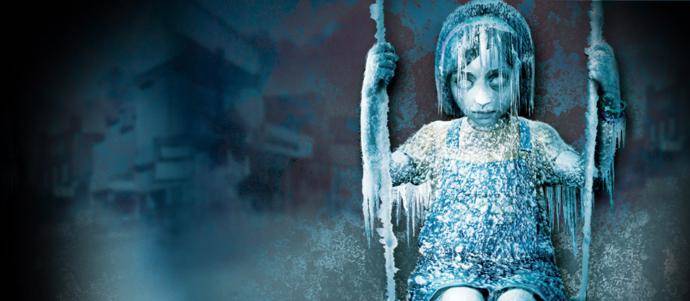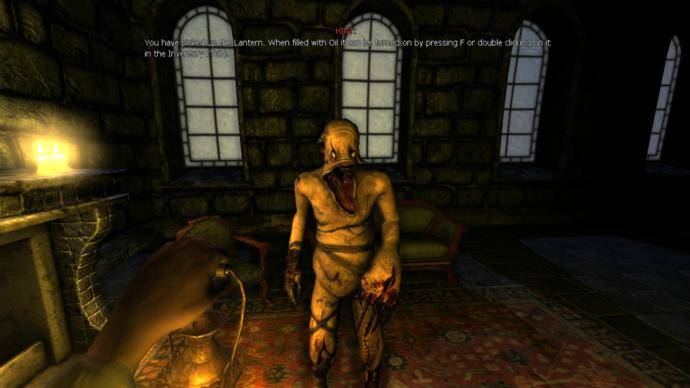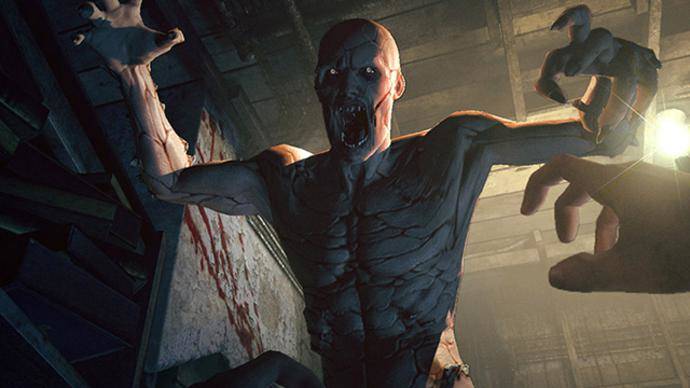Exploring Horror in Games
Horror is hard to pull off, for anyone, for everyone, and in any form of medium. It’s hard to fill a film audience with dread, hard to write a narrative that’ll keep its reader up at night, cringing at every word you read, intensely flipping over every page. That is why we never forget the movies that made us actually scared, or books that made us keep our lights on. The world won’t ever forget just how amazing the first Nightmare at Elm Street was, how brilliant The Shining is, and Edgar Allen Poe, a legend in horror writing.
The video games industry, the youngest of these mediums, also faces problems in scaring its audience. Some of the problems are shared with literature and film, while others are unique to the interactive dimension. What challenges do developers face in creating good horror, and why is it so hard to get right?
It is difficult for people to create a video game which maintains suspense. Developers have to think up multiple scenarios in which the player thinks twice about their actions, scenarios that have to induce fear. Taking this into account, the future of this genre is shrouded in uncertainty. Once genre staples like Resident Evil no longer focus solely on horror, catering for an audience hungry for action. Those interested in pure fear are left looking at indies, but is it possible that “horror” could make a return?
It’s Past
The genre has a great history, there’s no doubt about that. There’s one game that catapulted horror into the mainstream, and that is none other than the first Resident Evil. The 1996 Capcom hit did plenty for both the system it debuted on, and for its own genre. A type of experience that not many dare to tackle, and not many were compelled enough to play.
Resident Evil was a phenomenon, a game that was, at the time, genuinely scary and quickly became a commercial success. To this day people can recall the very first zombie encounter, or the zombie dogs jumping out the window. Fast forward 17 years and you have one of the biggest franchises of all time. Sony’s Playstation was a magnificent platform for horror, as perfectly showcased by Capcom.
Another fantastic horror game that was featured on the Playstation was Silent Hill. Konami sought to create a game that was a psychological thrill ride; one that offered very little in terms of gameplay but plenty in terms of storytelling. Silent Hill made you think, it made you question the things you have seen in the game. It messed with your mind in extremely subtle ways.
While the first Silent Hill was genuinely good, its sequel, which was released on the PS2, was even better. Silent Hill 2 is one of my favorite games, and for reasons that can often be associated with great novels. The game was filled with symbolism and intrigue. Every little thing, every single character, every single enemy, every single location meant something else, something more. James Sunderland’s horrific journey in Silent Hill was an experience that has yet to be repeated. Silent Hill 2 explored the psyche of its main character in ways no other game has done. The combat, yet again, was generic but the narrative was special. Silent Hill 2 was a slow, methodical, and deep exploration of a human being’s mental state; and how we are all capable of monstrous consequences.
What Now?
Looking back at this genre I simply have one question, what now? What does the current state of this genre mean for its future? These past eight years have been a slow decline, especially when it comes to console gaming. Resident Evil, as I mentioned before, has dramatically lost its original tone. The fifth and sixth entries in the series focused on gun play and action set pieces rather than haunting atmosphere with slow and tense situations. Silent Hill hasn’t been the same since Team Silent Hill left, the development team behind the original Silent Hill trilogy. Recent Silent Hill entries are bordering on the unplayable. Filled with glitches, poor storytelling, and not scary at all. Silent Hill has quickly become the joke in horror.
If a person wants to find a great horror experience they’ll have to venture into PC territory. Amnesia: The Dark Descent is a perfect example of a PC game that quickly became the highlight for horror. Developed by an indie team named Frictional Games in Sweden, Amnesia was a frightening experience. It plays exactly like Frictional Games’ first work, the Penumbra series. It is a first person adventure that focuses on exploration and puzzle solving. Amnesia was another video game that focused on atmosphere and less on action. This type of old school approach worked for Frictional Games’, as the title became a huge hit and has a sequel, Amnesia: A Machine for Pigs that was recently released.
Outlast, developed by Red Barrels, is another indie title that looks to reinvigorate horror. It was a highlight at E3 and made plenty of people jump while playing it. There have been discussions on whether or not there is a market for horror; if publishers can afford to invest in these types of games. I believe there will always be a market for well made horror experiences. Looking back at the first Resident Evil and Silent Hill, these games found success because they ventured off into uncharted territory. They tried to do something different and offered up an experience that you simply couldn’t get anywhere else, no matter how cliché that saying is. Amnesia became a success because people were crying out for a great horror title. We were tired of watching Chris Redfield punch and lift boulders. Even Capcom admitted that they lost focus with Resident Evil 6.
People were anxiously anticipating the Amnesia sequel, people lined up to play Outlast. The market is there, it’s just a matter of whether or not developers and publishers are brave enough to tackle such projects. Another thing to consider is how the genre has matured alongside its fans. Playing the first Resident Evil now is not as scary as it was in the 90s. Perceptions of what are scary and what isn’t has changed. We admire classics such as Nightmare at Elm Street and Silent Hill nostalgically, but they ultimately thrive off nostalgia, nothing else. This should be taken into consideration by Capcom and other companies. If they want to take their beloved properties back to their roots, although it’s unlikely, they have to make sure there games won’t be outdated. Draw inspiration from such classics, but don’t make them the ultimate influence in your future designs.
Conclusion
To conclude my brief exploration into horror, I have to talk about Dead Space. The sci-fi series, developed by Visceral Games and published by EA, started out as a nod to classic horror experiences. The first game was intimate, mysterious, and tense. There wasn’t a great deal amount in terms of storytelling, but there was enough to keep you thinking and wondering what the hell is going on in the game. Dead Space combined horror with action brilliantly. It was a blast to play and contained enough action to keep even your average CoD player satisfied. It maintained a perfect balance and it found great success.
Of course success leads to sequels. Dead Space 2 came out two years later and was yet another fine horror game. It was scary, but it did lean more towards action than its predecessor. As the second entry was met with critical and commercial success, a third game was on the way. If Dead Space 2 leaned on action a bit more than the first, Dead Space 3 completely went all in. The main draw from the game, or at least as advertised by EA, was the gun customization options. The player could completely customize their weapons, resulting with a great game play variety. Dead Space 3 was also gorgeous and fun to play, with a great soundtrack to boot. But there is just one little problem with the game, it wasn’t scary. Visceral opted to throw enemy after enemy at the player instead of offering slow tense moments, something the first Dead Space was able to do. While Dead Space 3 had hugely positive reviews, it lost its original horror elements that made the first game so great.
The industry has changed. Games have become more expensive to make and triple A developers take less risks as a result. Currently, horror is primarily seen in the indie market, where there are lower budgets and higher risks. Whether there is a future for the genre in the triple A scene, we will just have to wait and see.
